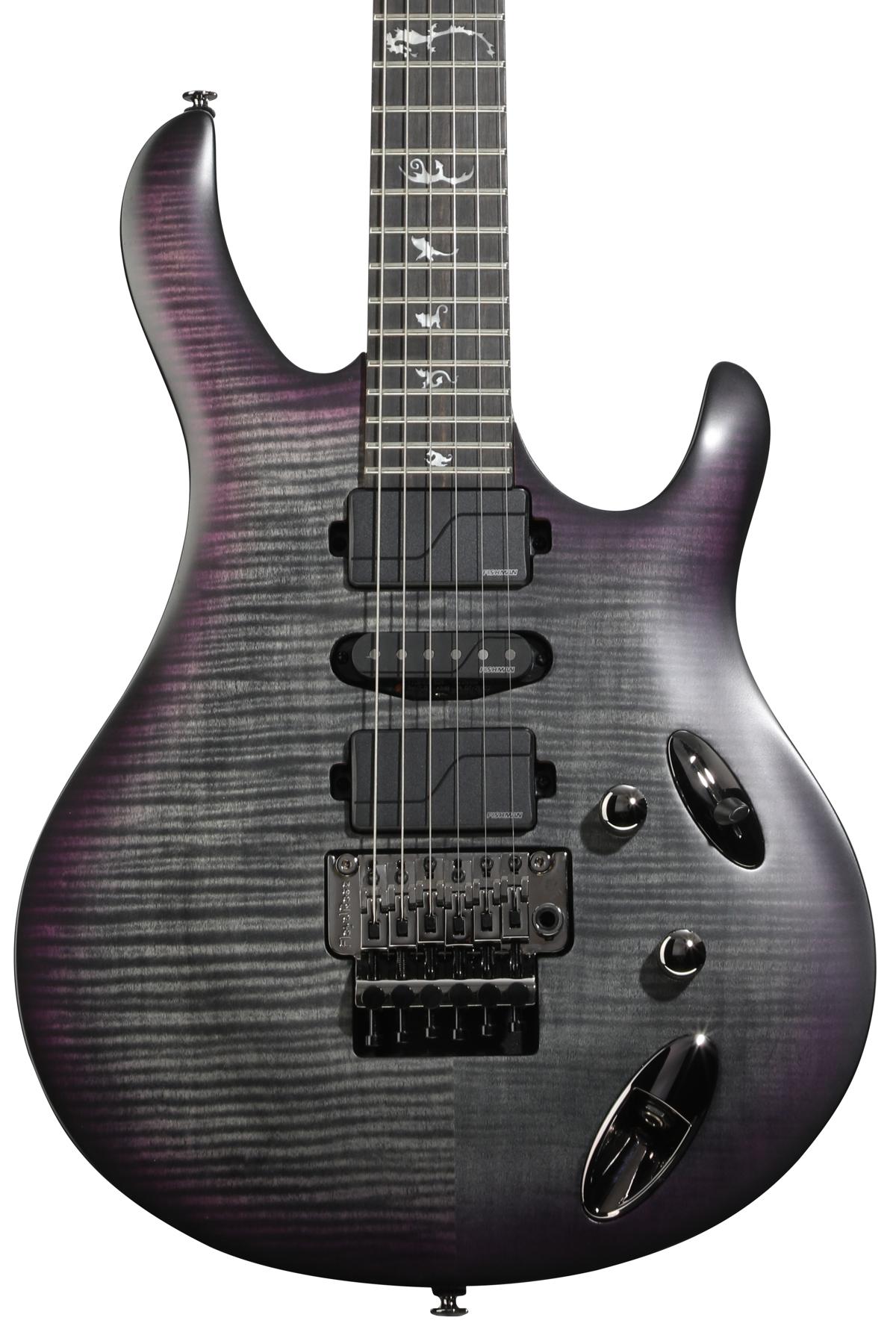Learn more about the "Big House" museum by visiting here.
Axes & Artifacts: Duane Allman's 1957 Gibson Les Paul Goldtop
Watch PG's John Bohlinger have a joyride on Skydog's 6-string—which was featured on "Layla," The Allman Brothers Band, and Idlewild South.
By John BohlingerMay 15, 2017
John Bohlinger
John Bohlinger is a Nashville-based multi-instrumentalist best known for leading the band on NBC's Nashville Star, serving as music director for the CMT Awards and specials on PBS and GAC, and of course for his appearances in PG Rig Rundown, Review Demo, Axes & Artifacts, and What Bohlinger Plays videos.







![Rig Rundown: Russian Circles’ Mike Sullivan [2025]](https://www.premierguitar.com/media-library/youtube.jpg?id=62303631&width=1245&height=700&quality=70&coordinates=0%2C0%2C0%2C0)

















